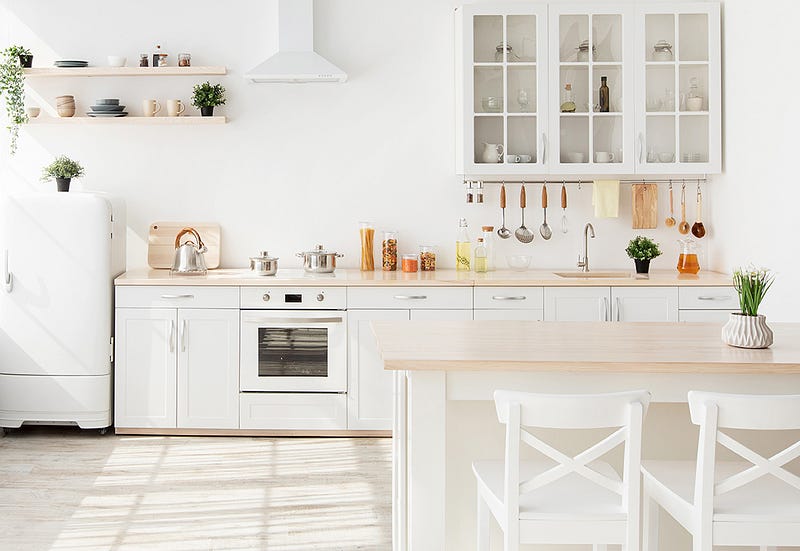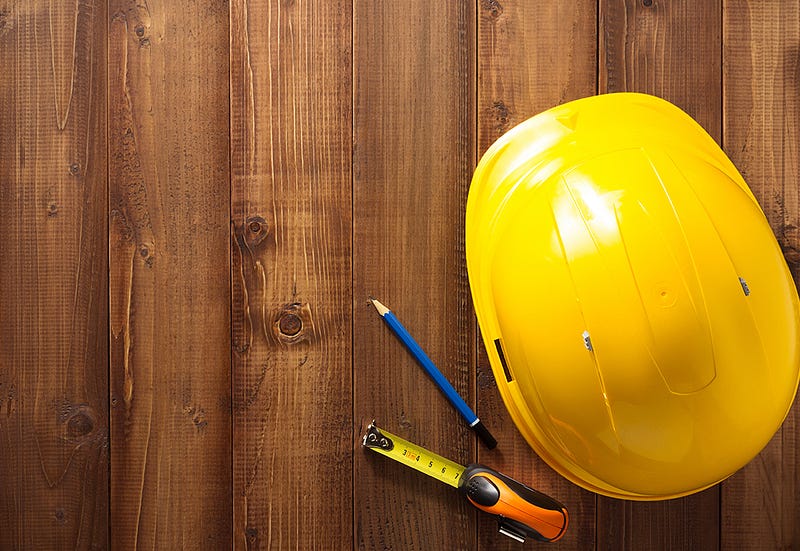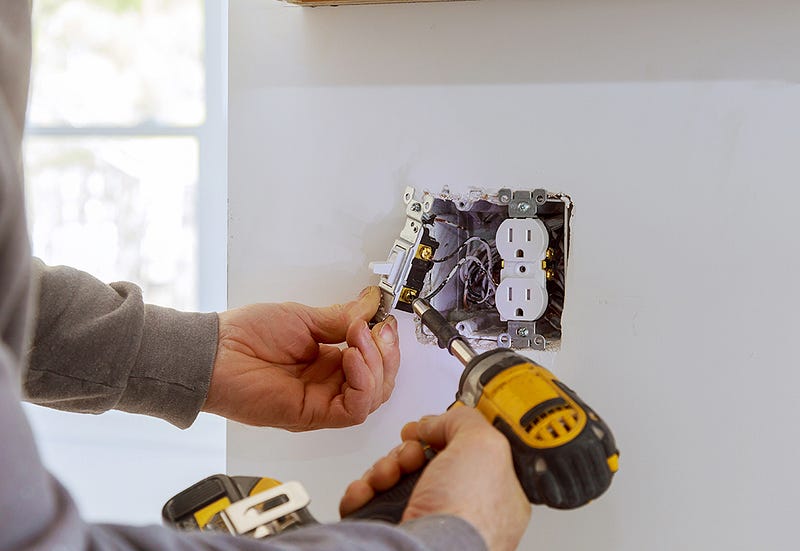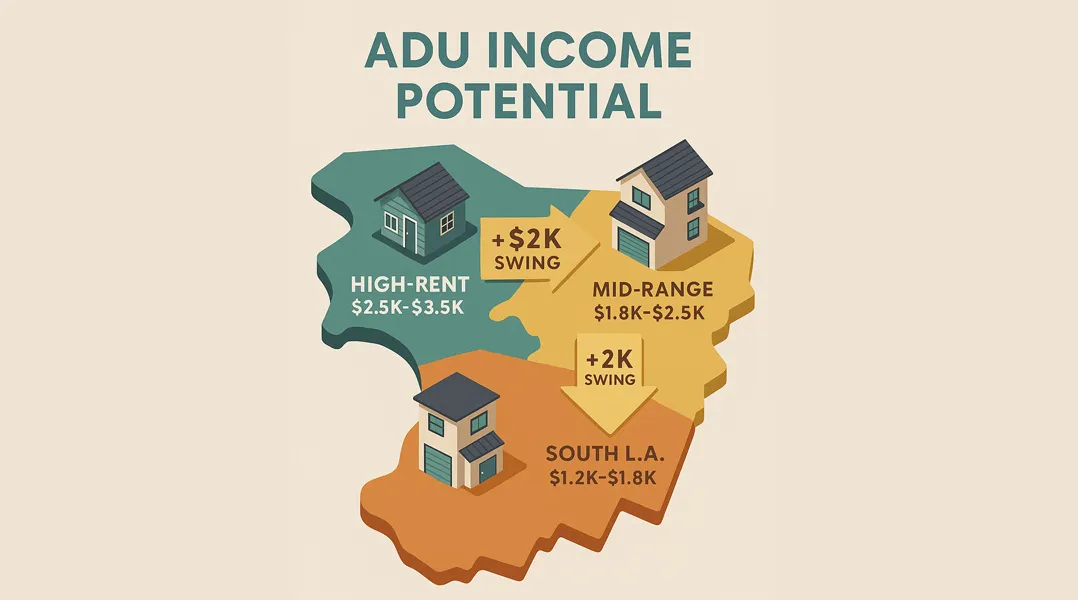Blog
Keep updated with recent real estate news.
10 Renovation Mistakes to Avoid: Safeguard Your Investment in 2025
In 2025, home renovations continue to be a powerful way to increase property value, enhance marketability, and create more appealing living spaces. However, avoiding costly mistakes is essential to ensure a strong return on investment (ROI). According to the National Association of Realtors (NAR), upgrades like kitchen remodels, bathroom renovations, and energy-efficient improvements are consistently ranked as top priorities by buyers, while well-landscaped properties can boost resale value by as much as 10–15% (NAR 2023 Remodeling Impact Report). This blog highlights 10 common renovation pitfalls homeowners should avoid, offering practical tips to help you maximize your investment and achieve your real estate goals.

1. Ignoring Market Trends and Buyer Preferences
Mistake: Undertaking renovations that don’t align with current buyer demands or neighborhood standards.
Why It’s Problematic: A luxury bathroom in a mid-tier neighborhood or highly personalized upgrades may not appeal to potential buyers, limiting your ROI.
What to Do Instead:
- Research Market Trends: Focus on in-demand renovations such as energy-efficient upgrades, functional kitchens, and modern bathrooms.
- Consider Local Standards: For example, adding a pool may not make sense in regions where pools are uncommon or rarely used.
Stat: Homes with energy-efficient upgrades can sell for 2–5% more than similar properties without such features (Zillow Research).

2. Over-Personalizing Your Space
Mistake: Choosing bold, niche designs that reflect personal taste rather than broad appeal.
Why It’s Problematic: While unique features may suit your lifestyle, they could alienate potential buyers who prefer neutral designs.
What to Do Instead:
- Opt for timeless, neutral styles in kitchens and bathrooms.
- Add personality with easily changeable elements like wall colors or decor.
Stat: 85% of home buyers prefer neutral tones, which help them envision the space as their own (NAR 2023 Report).

3. Skipping Proper Permits and Approvals
Mistake: Forgoing required permits for structural changes or additions like Accessory Dwelling Units (ADUs).
Why It’s Problematic: Unpermitted work can result in fines, legal complications, and reduced property value.
What to Do Instead:
- Work with licensed contractors familiar with local regulations.
- Use platforms like Terrakan to identify zoning and permitting requirements for your area.
Stat: Unpermitted work can decrease home value by 10–15% and deter potential buyers (Forbes Home).

4. Overlooking Energy Efficiency
Mistake: Neglecting energy-efficient upgrades, such as improved insulation or energy-saving windows.
Why It’s Problematic: Energy efficiency is a top priority for modern buyers, and missing out on these upgrades can lower your property’s appeal.
What to Do Instead:
- Incorporate eco-friendly improvements like solar panels or double-pane windows.
- Take advantage of tax incentives or rebates to offset costs.
Stat: Solar panels can increase property value by an average of 4.1% nationwide (National Renewable Energy Laboratory).

5. Focusing on Low-ROI Projects
Mistake: Investing in upgrades that don’t significantly boost your home’s value, such as luxury landscaping or high-end fixtures in secondary rooms.
Why It’s Problematic: These projects can drain your budget without yielding substantial returns.
What to Do Instead:
- Prioritize renovations with proven ROI, such as kitchen remodels, bathroom upgrades, and curb appeal enhancements.
- Refer to data-backed insights, like Remodeling Magazine’s Cost vs. Value report.
Stat: Minor kitchen remodels yield an average ROI of 96.1%, while major remodels average 49.5% (The Journal of Light Construction).

6. Choosing the Wrong Contractor
Mistake: Hiring an unqualified or inexperienced contractor to save money.
Why It’s Problematic: Poor workmanship can lead to delays, unexpected costs, and subpar results that hurt your property’s value.
What to Do Instead:
- Vet contractors thoroughly by checking reviews, licenses, and past work.
- Get multiple quotes and ask for detailed project timelines.
- Verify that the contractor is insured and bonded to avoid liability for accidents or damages during the project.
Stat: Fixing contractor mistakes or poorly done renovations often adds 25%–50% to the original project costs, significantly inflating the homeowner’s expenses. (Home Advisor)
7. Neglecting Budget Planning
Mistake: Starting renovations without a clear budget or contingency fund.
Why It’s Problematic: Costs can quickly spiral out of control, leaving projects incomplete or requiring cut corners.
What to Do Instead:
- Create a realistic budget that includes a 10–20% cushion for unexpected expenses.
- Prioritize projects based on their importance and ROI.
Stat: 39% of renovation projects go over budget due to unforeseen expenses (Houzz Renovation Trends Study).

8. Overlooking Small Yet Impactful Upgrades
Mistake: Focusing solely on major renovations while ignoring smaller improvements like fresh paint or updated lighting.
Why It’s Problematic: Small, inexpensive changes can drastically enhance a home’s appeal.
What to Do Instead:
- Add minor upgrades, such as replacing outdated fixtures or installing modern light switches.
- Combine small changes with larger projects for a comprehensive renovation approach.
Stat: Fresh paint provides an ROI of 107%, making it one of the most cost-effective upgrades (HomeLight).

9. Failing to Consider Long-Term Maintenance
Mistake: Choosing materials or finishes that look great initially but require high maintenance.
Why It’s Problematic: Buyers may shy away from homes with costly upkeep.
What to Do Instead:
- Opt for durable, low-maintenance materials like quartz countertops or vinyl plank flooring.
- Research the lifespan and care requirements of renovation materials.
Stat: Quartz countertops are 40% more durable than granite and require less maintenance (HGTV).

10. Underestimating Curb Appeal
Mistake: Neglecting the exterior of the property in favor of interior upgrades.
Why It’s Problematic: First impressions matter, and an unappealing exterior can deter potential buyers before they even step inside.
What to Do Instead:
- Invest in landscaping, exterior paint, and a modern front door to elevate curb appeal.
- Highlight your home’s best exterior features with proper lighting.
Stat: Homes with excellent curb appeal sell for 7% more on average than homes with poor curb appeal (Journal of Real Estate Finance and Economics).
Final Thoughts: Renovating the Right Way
Avoiding these common mistakes ensures your home renovations maximize value without unnecessary setbacks. By focusing on buyer preferences, adhering to local regulations, and planning your projects strategically, you can transform your property into a standout investment. Whether it’s upgrading energy efficiency, modernizing kitchens and bathrooms, or enhancing curb appeal, a thoughtful approach to renovations will help you achieve your real estate goals in 2025.




